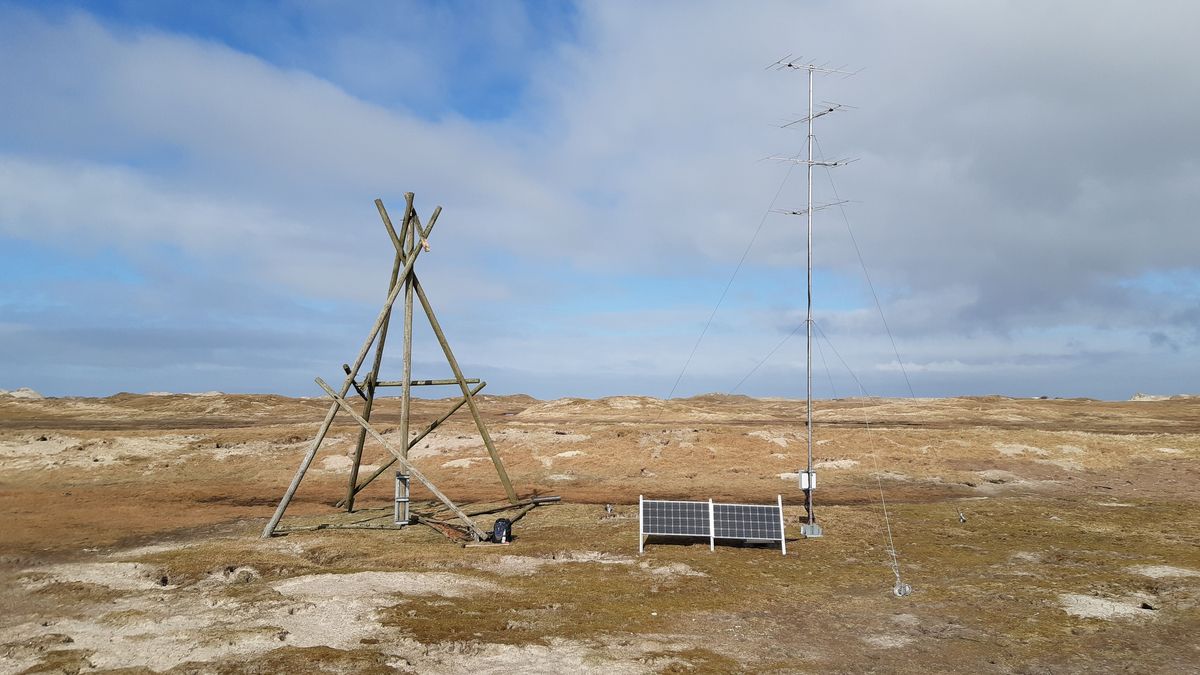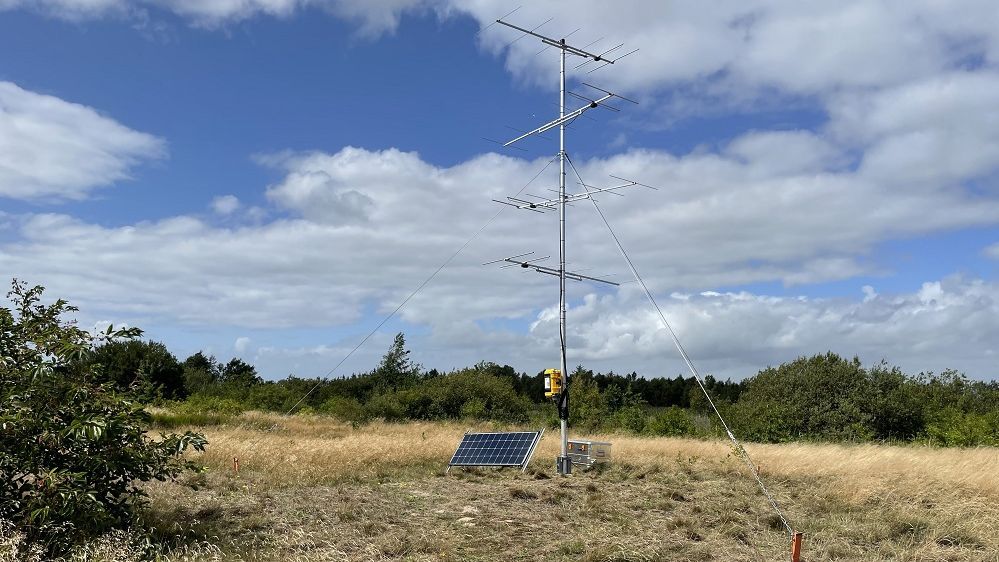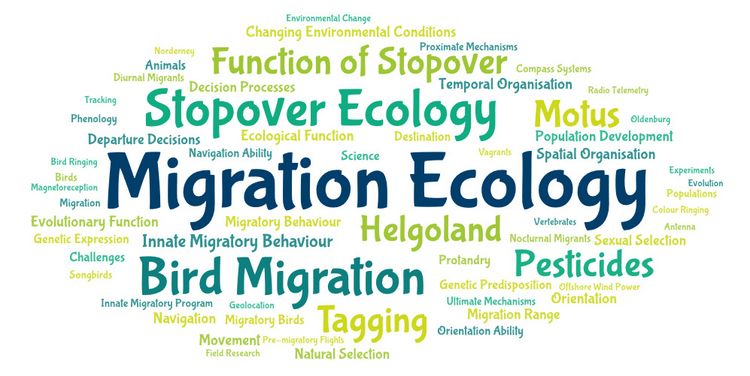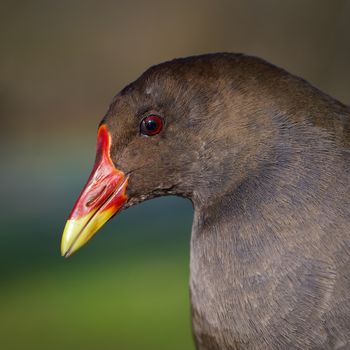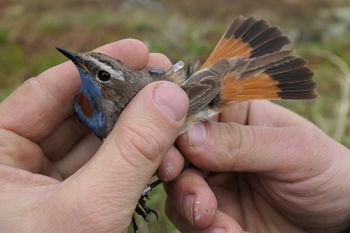Migration ecology
News
Current research priorities
We are an important part of the following cooperative research areas:
Magnetoreception and navigation in vertebrates: from biophysics to brain and behaviour
The central goal of the Sonderforschungsbereich (SFB)/Collaborative Research Center (CRC) 1372 is to gain a comprehensive and multidisciplinary understanding of magnetoreception and navigation in vertebrates, from the biophysical mechanisms to the natural behaviour of navigating animals, taking into account all intermediate steps.

Excellent Research on Animal Navigation
The scientific mission of the Cluster of Excellence proposal NaviSense is to provide a thorough, interdisciplinary understanding of the mechanisms used by animals to navigate, and how these mechanisms can inspire technology and impact society, ecology, and biodiversity.





